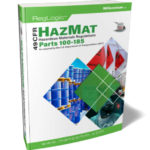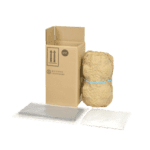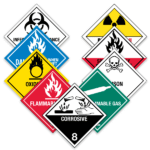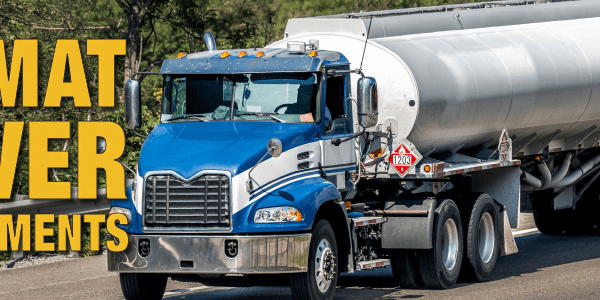Best Practices When Shipping Hazardous Materials
Shipping hazardous materials requires careful handling and adherence to specific regulations to ensure the safety of people, the environment, and property. Here are some best practices to follow when shipping hazardous materials:
Know the Regulations: Familiarize yourself with the relevant regulations that apply to the specific type of hazardous material you are shipping. These regulations may include the International Air Transport Association (IATA) Dangerous Goods Regulations, the International Maritime Dangerous Goods (IMDG) Code, or the U.S. Department of Transportation (DOT) Hazardous Materials Regulations (HMR).
Proper Packaging: Use appropriate containers that meet the standards for transporting hazardous materials. The packaging should be sturdy, leak-proof, and capable of containing the material even under adverse conditions.
Labeling and Marking: Clearly label and mark the package with the appropriate hazard labels, symbols, and warning signs. This ensures that all parties involved in handling the package can identify the hazardous nature of its contents.
Documentation: Complete all required documentation accurately and thoroughly. This includes shipping manifests, dangerous goods declarations, and any other relevant paperwork.
Training and Competency: Ensure that personnel involved in shipping hazardous materials receive proper training and understand the handling procedures, regulations, and emergency response protocols.
Compatibility: Avoid mixing incompatible materials during shipment. Some hazardous materials can react violently when in contact with others, leading to dangerous situations.
Emergency Response: Have a well-defined emergency response plan in place. Train employees on what to do in case of spills, leaks, or accidents involving hazardous materials.
Restricted and Prohibited Items: Be aware of any items that are restricted or prohibited from shipping. Some hazardous materials may be completely forbidden for transport by certain modes or in certain areas.
Communication: Maintain clear and open lines of communication with carriers, freight forwarders, and consignees to ensure everyone involved is aware of the hazardous nature of the shipment.
Packaging Testing: Periodically test the packaging to ensure it meets the required standards and remains effective in containing hazardous materials.
Remember, shipping hazardous materials is a highly regulated process, and failure to comply with the regulations can lead to severe consequences, including fines, penalties, and legal actions. It’s essential to prioritize safety and compliance at all stages of the shipping process. ICC Is your source for information and technical guidance. Contact us to learn more about the ICC difference.
Stay up to date and sign up for our newsletter!
We have all the products, services and training you need to ensure your staff is properly trained and informed.
 49 CFR Publications 49 CFR Publications |
 Lithium Battery Shipping Kit Lithium Battery Shipping Kit |
 Hazard Class Labels Hazard Class Labels |







 ICC USA
ICC USA ICC Canada
ICC Canada